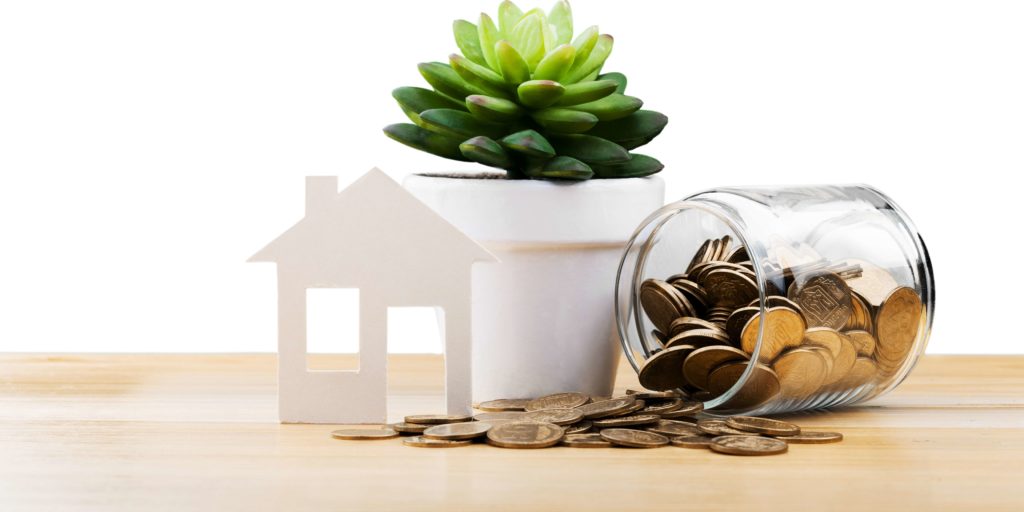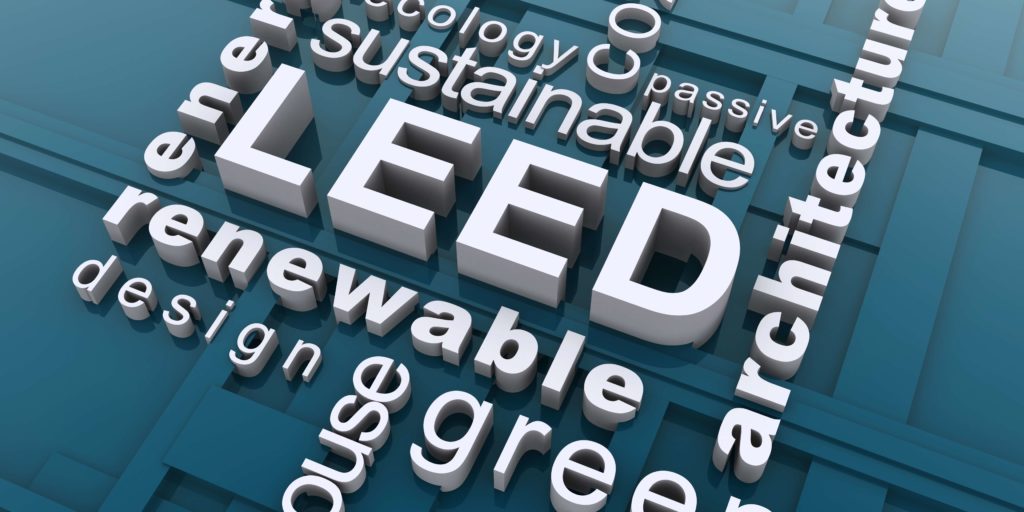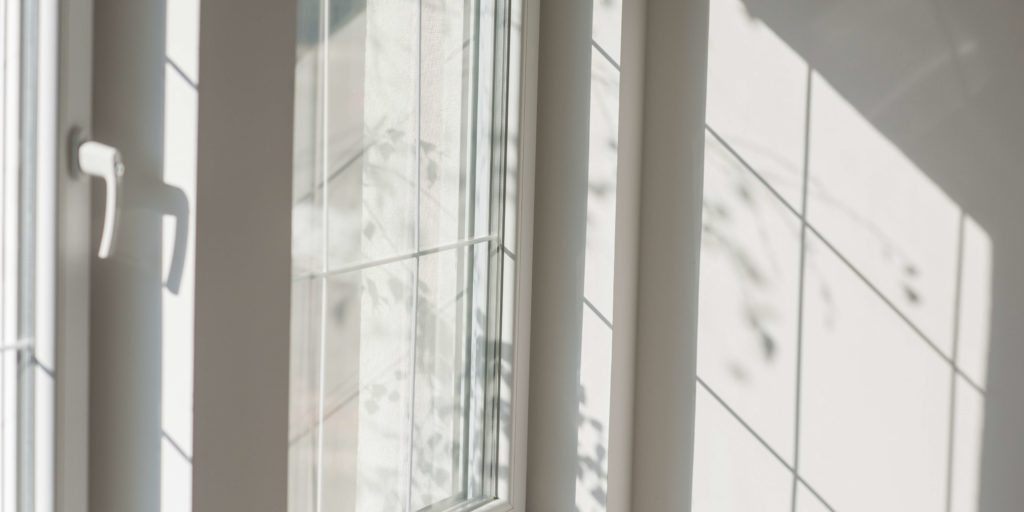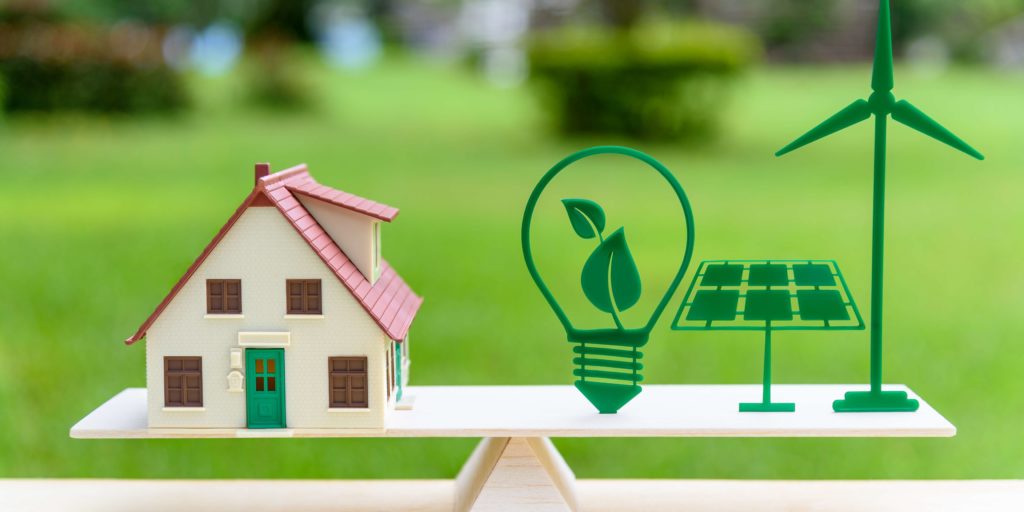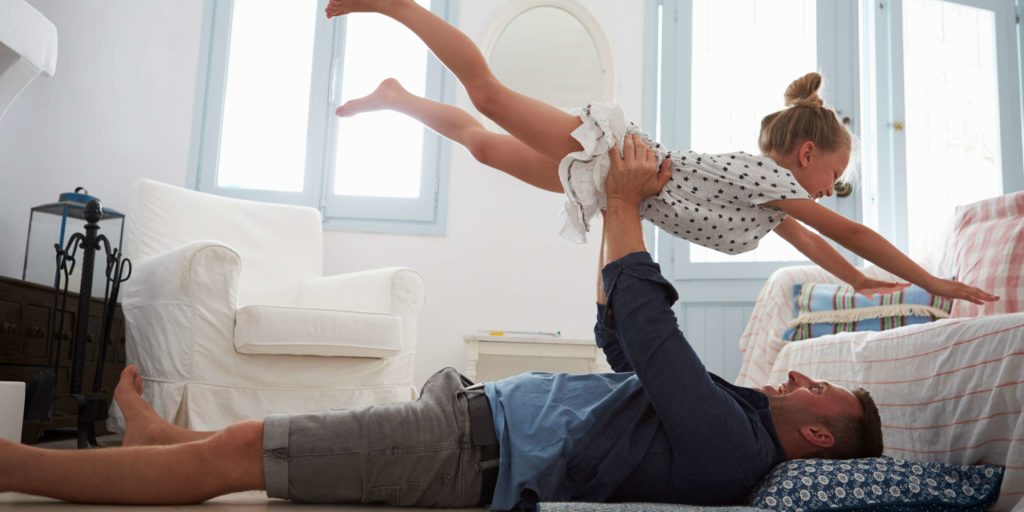There is an extreme inventory shortage in the Denver real estate market. However, there is an even larger inventory problem for healthy homes that are actually financially attainable for the average Denver homebuyer. This is why the team at redT Homes are working hard to build new, attainable properties that are all LEED Gold or higher certified. Are you thinking about your next home? Take a look at these 5 reasons why you should choose an affordable sustainable home for your next purchase.
5 Reasons Affordable Sustainable Homes Are Worth It
The word “affordable” can mean many things to different homebuyers depending on your financial situation coming into the market. However, in this instance, we use the word “affordable” in reference to homes that are at or below the average market value for the Denver region—making them attainable and feasible for the average homebuyer to purchase. Homebuyers should not only seek out an attainable home, though; they should also take steps to pursue healthy homes that are sustainable for the environment.
What is a Sustainable Home?
Fontan Architecture describes a sustainable home as one “that has the least possible negative impact on our environment. This means energy efficiency, avoiding environmental toxins, and using materials and resources in a responsible manner while having a positive physical and psychological impact on its inhabitants.” The last portion of this description is what makes a “sustainable home” different than a “green home.” While a green home focuses solely on environmental benefits, a sustainable home considers the environmental, financial, and emotional wellbeing of everyone involved.
What Makes a Home Sustainable?
A sustainable home is a healthier home that takes steps to be a positive contribution to the world. According to the U.S. Green Building Council, the built environment is responsible for 72% of electricity consumption and 38% of the CO2 emissions that are greatly exacerbating climate change. A sustainable home uses green building techniques and materials to lower the impact on the environment. A sustainable home will also produce lower utility bills for occupants, will be a positive contribution for the community, and will be a comfortable place to live.
Can a Home be Both Sustainable and Affordable?
Many people mistakenly believe that sustainable homes are only attainable for homebuyers who are shopping in the luxury price range of the market. However, affordable sustainable homes are far more achievable when construction is planned properly. By taking steps at the start of the process to plan and mitigate potential setbacks, small sustainable homes can be meet buyers’ needs and stay in budget.
For property developers in Denver, small sustainable homes can also be a great option for your next development project. Sustainable property development is leading the industry towards a healthier future, and sustainable real estate development can lead to faster sales, higher occupancy rates, and substantial financial returns in the long run.
Types of Sustainable Homes
There are multiple building certifications out there that encourage sustainability. Below, take a look at the following sustainable building frameworks that a home developer may choose to pursue.
LEED Certified Homes
LEED, or Leadership in Energy and Environmental Design, is the most widely accepted sustainable building certification program in the United States. LEED homes are ranked at either the Certified, Silver, Gold, or Platinum level; and they prioritize energy efficiency, indoor air quality, site selection, water efficiency, material use, and location and transportation. LEED homes—and specifically the LEED homes that have achieved the higher scores—have been proven to save homeowners substantial amount of money while making great achievements for the environment.
Solar Paneled Homes
Solar paneled homes save homeowners money on their utility bills by producing energy through panels that are usually attached to the roof of the home. Not only do these homes help homeowners save money, but they also help to save the planet. Solar paneled homes have lower carbon footprints overall, making them a more positive choice for the environment.
Biophilic Homes
According to Homes and Gardens, “Biophilic design in architecture looks at the big picture of a build or renovation. Buildings designed with biophilia in mind will have good natural lighting and ventilation, rather than a dependence on artificial lighting and air conditioning, while landscaping both visible from within the building, and within the building itself will be an important element.”
Earth Covered Homes
There are two types of earth-covered homes: underground and bermed. As its name suggests, an underground home is built below grade to provide natural insulation and protection from wind. A bermed house, meanwhile, can be built aboveground or partially above ground, but it must have earth covering at least one wall. Bermed houses provide increased energy efficiency while still providing a feeling of openness.
Passive Homes
Passive homes aim to achieve increased energy efficiency while also being both comfortable and healthy. According to Remodelista, a passive house follows five basic principles: “continuous insulation, airtight construction, optimized windows, balanced ventilation, and minimal mechanical.”
Prefabricated Homes
A prefabricated home is built off site, usually following a researched and perfected formula. Because they are strategically built in a controlled setting, they produce less construction waste. Furthermore, prefab home designs can be tested for performance and efficiency and then replicated across multiple properties.
Zero Energy Homes
According to the Zero Energy Project, Zero Energy Homes are “so air-tight, well insulated, and energy efficient that they produce as much renewable energy as they consume over the course of a year, leaving the occupants with a net zero energy bill, and a carbon-free home.” However, in the spirit of wholistic sustainability, a Zero Energy Home does not focus solely on environmental impact. Zero Energy Homes also increase occupant wellness by creating a comfortable, quiet, and healthy environment.
Why Sustainable and Affordable Homes are Worth Having
Affordable sustainable homes have benefits for everyone involved—whether you are an eco-conscious homebuilder, a sustainable property developer in Denver, or a homebuyer looking to find a better home for your family.
Higher Quality of Living
In a high-performance home, you will do more than just combat climate change. You will also enjoy a more comfortable home that feels better to live in on a daily basis. This comfort is the result excellent insulation levels, improved indoor air quality, and an ideal house temperature regardless of the weather outside. You can take a closer look at each of these components below.
Excellent Insulation Levels
One of the main reasons why small sustainable homes achieve such high levels of energy efficiency is because of their excellent insulation. By keeping the building envelope tightly sealed and properly insulated, there will be less energy loss and less fluctuation of temperature. The home will therefore stay cooler in the summer and warmer in the winter without ruining your bank account.
Improved Indoor Air Quality
Sustainable homes are healthier homes, and this is largely due to the improved air quality inside the home. Did you know that indoor air contains 2 to 5 times as many pollutants as outdoor air? These pollutants can cause a range of health effects, both in the short term and long term. Health effects include increased allergies, asthma and other respiratory illnesses, heart problems, migraines, eye strain, and mental health issues. A sustainable green home, such as a LEED certified home, must pass stringent requirements for improved air quality. By strengthening filtration systems and increasing controlled air exchanged, you and your family will enjoy a healthier home for years to come.
Ideal House Temperature That Withstands Extreme Temperature Variations
Because of the increased insulation and energy efficiency, sustainable homes are less susceptible to extreme swings in temperature. If you live in a climate that experiences erratic weather events—which is becoming increasingly common due to climate change—then a sustainable home will allow you to remain more comfortable throughout these changes.
Less is More
Sustainable homes can be an affordable option for homebuyers because they employ smarter material selection. For example, a LEED certified home will likely use less lumber due to advanced framing techniques. With the cost of lumber rising, this strategic material implementation will save homebuyers and real estate developers money in the long run.
Furthermore, using fewer materials will help you positively impact the environment. Sustainable homes use materials that have lower carbon footprints. Again, lumber use is a perfect example. Studies have shown that lumber production emits harmful greenhouse gases during all stages: this includes the initial deforestation, harvesting, transporting, unloading, and installation. By limiting material waste and choosing more eco-friendly, locally sourced materials, a sustainable home like a LiteHome will be lighter on your wallet and on the environment.
Investment That Pays Off in the Long Run
Though homeowners and property developers may be wary of increased initial costs, green building is an investment that pays off in the long run. Sustainable homes have lower utility bills which will lead to substantial savings year after year.
Sustainable Homes are Highest-Quality Houses
Furthermore, sustainable homes use higher-quality materials that require less replacement and repair over time. For property developers, sustainable building is also a smart financial investment because of increased consumer interest. Studies have found that LEED certified homes spend fewer days on the market, have lower rates of vacancy, and receive higher valuations. Developers may even receive tax rebates as well.
Generates Additional Income with Surplus Energy
For sustainable homes that are highly energy efficient, homeowners may also be able to generate additional income by selling their surplus energy back to the grid for general use. In order to make this income, a home must be producing more energy than it is using—creating benefits for the community and for your budget. You can learn more about selling back to the grid at SmartAsset.
You’re Making a Difference that Gives a Sense of Pride and Fulfillment
By purchasing a sustainable and attainable home, you will make a difference in your own life and in the lives of the people you love. Whether you are a homebuyer looking for a place to settle down or you are a developer looking to bring greener properties to the market, you will enjoy a sense of pride and fulfillment knowing that you are part of the solution.
Why We Build More Sustainable Homes
At redT, we are dedicated to helping homebuyers and property developers be part of the climate change solution. We know that building up to code is not enough anymore. The industry as a whole must do more to build homes that encourage energy efficiency, promote wellness, and decrease greenhouse gas emissions—and these homes must be financially attainable for the average homebuyer. This is why redT has chosen to pursue only LEED Gold or higher building and development, and to do so for the right price. Take a look at the reasoning for this company decision here, and get in touch to learn about how you can join us in Building a Greener Colorado.
redT Homes is Building a Greener Colorado
Are you looking for a home builder that saves you from crashing the bank and environment? Talk to us, and you’ll be relishing your dream home in no time.


